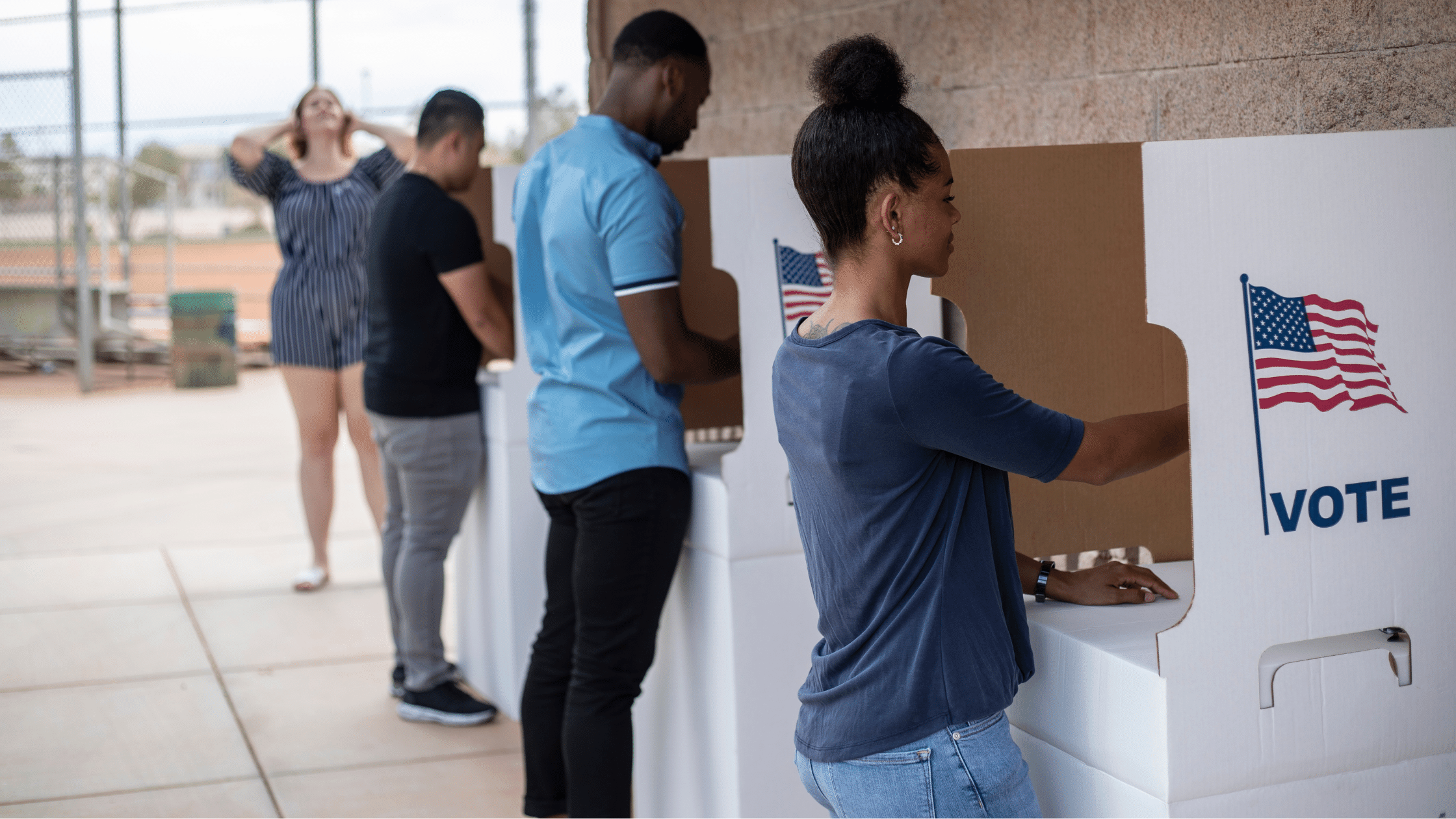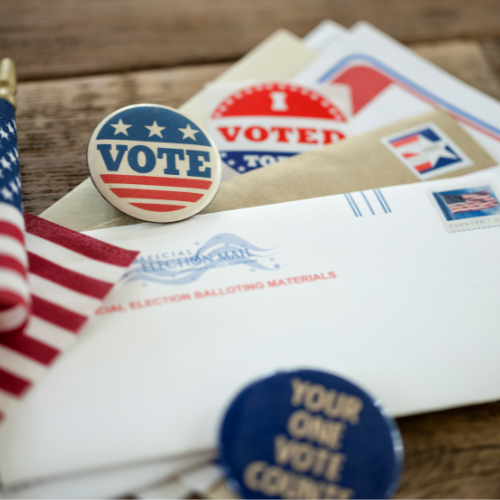Researchers have increasingly paid attention to the impact that the administrative component of elections has on voter behavior. Existing research has focused almost exclusively on the effect that legal changes–such as voter identification laws–have on turnout. This paper extends our understanding of the electoral process by exploring how one aspect of the precinct experience–standing in line to vote–can shape the turnout behavior of voters in subsequent elections. I demonstrate that for every additional hour a voter waits in line to vote, their probability of voting in the subsequent election drops by 1 percentage point. To arrive at these estimates, I analyze vote history files using a combination of exact matching and placebo tests to test the identification assumptions. I then leverage an unusual institutional arrangement in the City of Boston and longitudinal data from Florida to show that the result also holds at the precinct level. The findings in this paper have important policy implications for administrative changes that may impact line length, such as voter identification requirements and precinct consolidation. They also suggest that racial asymmetries in precinct wait times contribute to the gap in turnout rates between white and non-white voters.
The Turnout Effects of All-Mail Election Systems in Up-ballot and Down-ballot Races in Utah
This research finds that, in addition to higher overall turnout, down-ballot turnout was higher in Vote At Home optional precincts than in polling place only precincts, even after controlling for other differences. Overall, this research indicates that Vote At Home is a boon to civic participation at all levels of the ballot when measuring by the important metric of raw vote totals.
How Electoral Institutions Affect Political Accountability
This research finds that expansion of vote at home systems increases turnout and reduces ballot roll-off.
Abstract: “A central question in the study of democratic governance concerns the conditions under which voters make informed choices at the ballot box. I exploit the staggered implementation of an electoral reform in a U.S. state to study the effects of electoral institutions on voter information and political accountability. I find that [vote at home] elections cause an increase in turnout in municipal elections and a decrease in ballot roll-off on statewide ballot measures in presidential election years in some counties, which is largely consistent with my argument that voters gather more information about politics when voting by mail. Further, there is strong evidence that vote-by-mail results in a decrease in taxing and spending in municipalities. The institution has less conclusive effects on municipal accountability audit outcomes. Using data from the Catalist voter file I show that these results cannot be explained by changes in the composition of the electorate caused by vote-by-mail.”
Mail Voting Reduces Ballot Roll-Off: Evidence from Washington State
This research examines the effects of vote-by-mail policies on ballot roll-off, or down-ballot voting. In examining data from Washington state, a state that first introduced no-excuse mail voting in the 1970s and gradually implemented vote-by-mail statewide, it appears voters who are given more time to study the candidates and issues are more knowledgeable and therefore have greater ballot completion rates (e.g. less ballot roll-off).




